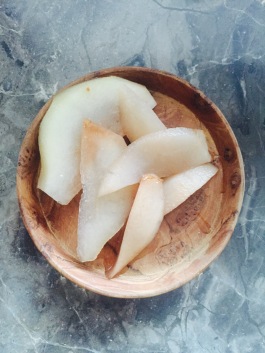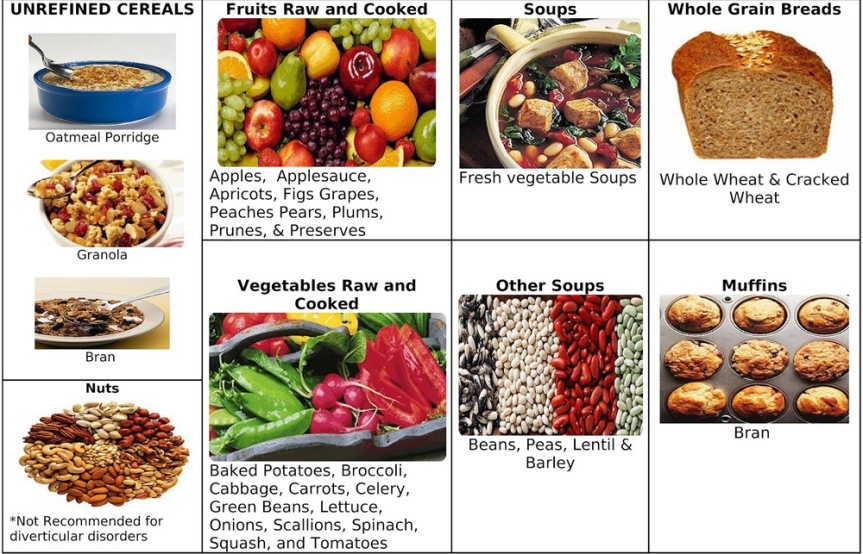It was Sunday morning. We had already finished morning cup of tea number 1 and now we were thinking… food! Since we have been limiting fructose, it can sometimes be a challenge to find something different to eat for breakfast besides eggs. This Sunday morning was particularly challenging as we only had one lonely egg. Necessity is the mother of invention and after scanning my cupboards inspiration struck.
Lets call it my Sunday Sensation!
There are 4 parts to my breakfast idea – Yoghurt, pancakes, granola and stewed fruit (which could easily be substituted for fresh fruit.
Yoghurt
The yoghurt is the easy part as mine was some greek natural yoghurt from the fridge. (Just a quick tip – my kids aren’t so keen on the natural yoghurts as they find them too tart so we mix in a small amount of rice malt syrup and then they are happy.)
Pancakes
I’m not sure if I have shared this recipe with you before but it is our standard pancake recipe. (hint – they are great for the kids as after school snacks)
Ingredients
- 1 cup of SR flour
- 65g melted butter
- pinch of salt
- 1 egg
- 1 cup milk
Method
- Place flour and salt in a bowl
- Mix milk and egg together
- add to the flour
- Add in the egg and mix well
- Let the batter rest for at least 5-10 minutes
- Heat a fry pan with ghee or oil and cook til golden brown
Granola
This is completely made up, seriously, I just threw in what I thought was right. Just put in any amounts that work for you. I make up a batch and then stored the rest for another breakfast treat.
Ingredients
- 1 cup rolled oats
- 1/3 cup Pepitas
- Sprinkle of flax seeds
- Sprinkle of sunflower seeds
- Handful of almonds – chopped
- 1/3 cup coconut
- 2 – 3 tablespoons of rice malt syrup
- 2 tablespoons of coconut oil
- You can add any other bits that you have in your cupboards – chia seeds, different nuts, sesame seeds etc.
Method
- Place all of the dry ingredients into a bowl
- Place the rice malt syrup and oil into a saucepan and warm
- Add rice malt syrup and oil into the bowl and mix well
- When all the dry ingredients are coated spread them out on a baking tray
- Heat under the grill until golden
- Store extra granola in an airtight container
Stewed fruit
I had some pears that were not looking lonely so I used these for my breakfast but you can use any type of fruit for stewing. Fresh fruit could also be used .
Ingredients
- Pears – as many as you have
- Water
Method
- Peel your pears (I have to in Jakarta but you may not need to)
- Cut into small wedges
- Place them in a saucepan
- Add enough water to just

Now that you have all the elements for your Sunday sensation you just need to put it together. I placed 2 small pancakes on the bottom then added on the yogurt and stewed fruit. On the very top I added a good helping of the granola on top.
SENSATIONAL !!


























